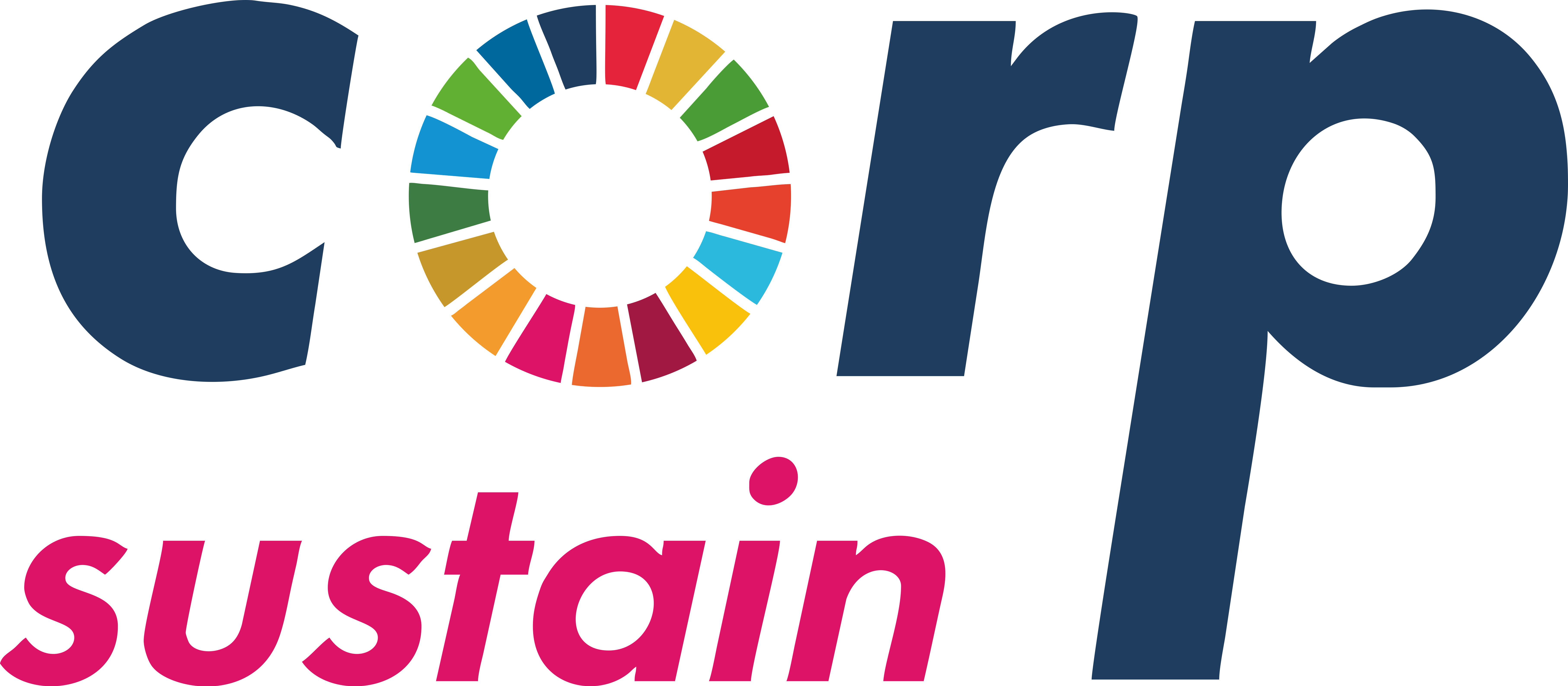Introduction
Energy demand in India is rapidly growing with major implications for the global market. The Government of India has made remarkable progress in providing access to electricity and clean cooking while implementing a range of energy market reforms and integrating a high share of renewable energy sources into the grid. India with a massive population of approx. 1.36 billion and a fast-growing economy, has seen its energy demand increasing rapidly as the country continues to urbanize and the manufacturing sector develops. This growing demand is met through various energy sources, with coal set to remain the largest source of energy supply. India also continues to develop the institutional framework needed to attract the investment required to satisfy the growing energy need.
Electricity security has improved through the creation of one national power system and major investments in clean energy. India is now working on integrating higher shares of variable renewable energy into the energy mix. India has been prioritizing access to electricity and clean cooking. Progress in both has been remarkable. 700 million people gained access to electricity since 2000, and 80 million new LPG connections for clean cooking were created. The Government of India is continuing to focus on providing secure, affordable, and sustainable energy, while achieving its ambitious renewable energy targets and reducing local air pollution.
Why has Demand for Clean Energy Increased?
EIA projections indicate global energy consumption increases through 2050 out spacing efficiency gains and driving continued emissions growth. The US Energy Information Administration (EIA) projects that global energy consumption and associated CO2 emissions will increase through 2050 (assuming the global energy system remains on its current trajectory and absent new policy). Global population growth increased regional manufacturing, and higher living standards push growth in energy consumption beyond advances in energy efficiency.
EIA projections assume no new laws and regulations, although they include side cases that account for varying levels of economic growth, oil prices and zero- carbon technology costs. Below are the three main reasons for which the demand of clean energy increased:
- Increasing population and income offset the effects of declining energy and carbon intensity on emissions: Across all cases explored in IEO 2023, global energy consumption increases, with the fastest growth in the residential and industrial sectors. Global consumption of liquid fuels increases through 2050, with the fastest growth occurring in industrial applications such as chemical production.
Economic growth and increased disposable income also increase demand for transportation in all cases.
The transportation and industrial sectors are major consumers of liquid fuel throughout our projection period, but as electric vehicles grow to become a larger part of the global transportation fleet, the industrial sector accounts for an increasing share of petroleum and other liquid fuels consumption.
- The shift to renewables to meet growing electricity demand is driven by regional resources, technology costs and policy: Compared with 2022, global electric power generating capacity increases by somewhere between 55% and 108% by 2050, depending on the case. Electricity generation increases between 30% to 76% over that period. Renewables, nuclear and battery storage account for most of the growth in both global capacity and generation.
Electricity generation from renewables and nuclear could increase by between 54% and 67%, according to EIA projections.
Renewables become an increasingly cost- competitive source of electricity and grow the fastest in cases that assume high economic growth and greater electricity demands.
- Energy Security concerns hastens a transition from fossil fuels in some countries although they drive increased fossil fuel consumption in others: In nearly all IEO 2023 cases, growth in energy production from non- fossil fuel sources out spaces growth in fossil fuels but that dynamic varies from region to region. In Western Europe and China, policy, rapid demand growth, and energy security considerations favor locally available resources such as wind, solar, and battery storage, prompting more of these types of installations early in the projection period. Regions with access to relatively affordable coal, such as the other Asia- Pacific region consume more coal.
What is the World Doing for Clean Energy?
India stands 4th globally in Renewable Energy Installed Capacity, 4th in Wind Power Capacity & 5th in Solar Power Capacity. The Country has set an enhanced target of 500 GW of non-fossil-based energy by 2030. This has been a key pledge under the Panchamrit.
The World’s capacity to generate renewable electricity is expanding faster than at any time in the last three decades, giving it a real chance of achieving the goal of tripling global capacity by 2030 that governments set at the COP 28 climate change conference last year, the IEA says in a new report.
India has set target to reduce the carbon intensity of the nation’s economy by less than 45% by the end of the decade, achieve 50% cumulative electric power installed by 2030 from renewables, and achieve net zero emissions by 2070. India aims for 500 GW of renewable energy installed capacity by 2030.
For populations without clean energy access, the lack of reliable power hinders education, healthcare, and economic opportunities, and many of these developing regions still rely heavily on polluting fossil fuels for their daily life, perpetuating poverty. If current trends continue, by 2030 one in four people will still use unsafe, unhealthy and inefficient cooking systems, such as burning wood or dung.
Although this situation has been improving, the world is not on track to achieve Sustainable Development Goal 7 (SDG7), which aims to ensure access to affordable, reliable, sustainable, and modern energy for all by 2030.
Target of World for Clean Energy
India is projected to remain the fastest- growing major economy in the world, underpinned by rising domestic demand and robust manufacturing and services sector. Consequently, power requirement has reached about 1600 billion units in 2023. Driven by investor- friendly policy initiatives, India today ranks 4th globally in renewable energy installed capacity. Solar and Wind leads India’s energy transition journey- the country’s ranks 4th largest in wind power capacity, globally. As a result, India’s ranking in the Climate Change Performance Index significantly improved from 31st position in 2014 to 7th position in 2023.
India’s renewable growth story is expected to grow stronger this year. We are the second largest renewables growth market in Asia. Renewable energy capacity of 25 GW is expected to be added in 2024. Of the 156 GW of new power capacity under construction, renewables comprise 103 GW of capacity. The total addition by 2031-32 is expected to be 469 GW, as per the Ministry of New & Renewable Energy.
By 2030, ensure universal access to affordable, reliable and modern energy services, increase substantially the share of renewable energy in the global energy mix, double the global rate of improvement in energy efficiency, enhance international cooperation to facilitate access to clean energy research and technology, including renewable energy, energy efficiency and advanced and cleaner fossil-fuel technology, and promote investment in energy infrastructure and clean energy technology and expand infrastructure and upgrade technology for supplying modern and sustainable energy services for all in developing countries, in particular least developed countries, small island developing States, and land- locked developing countries in accordance with their respective programs of support.

